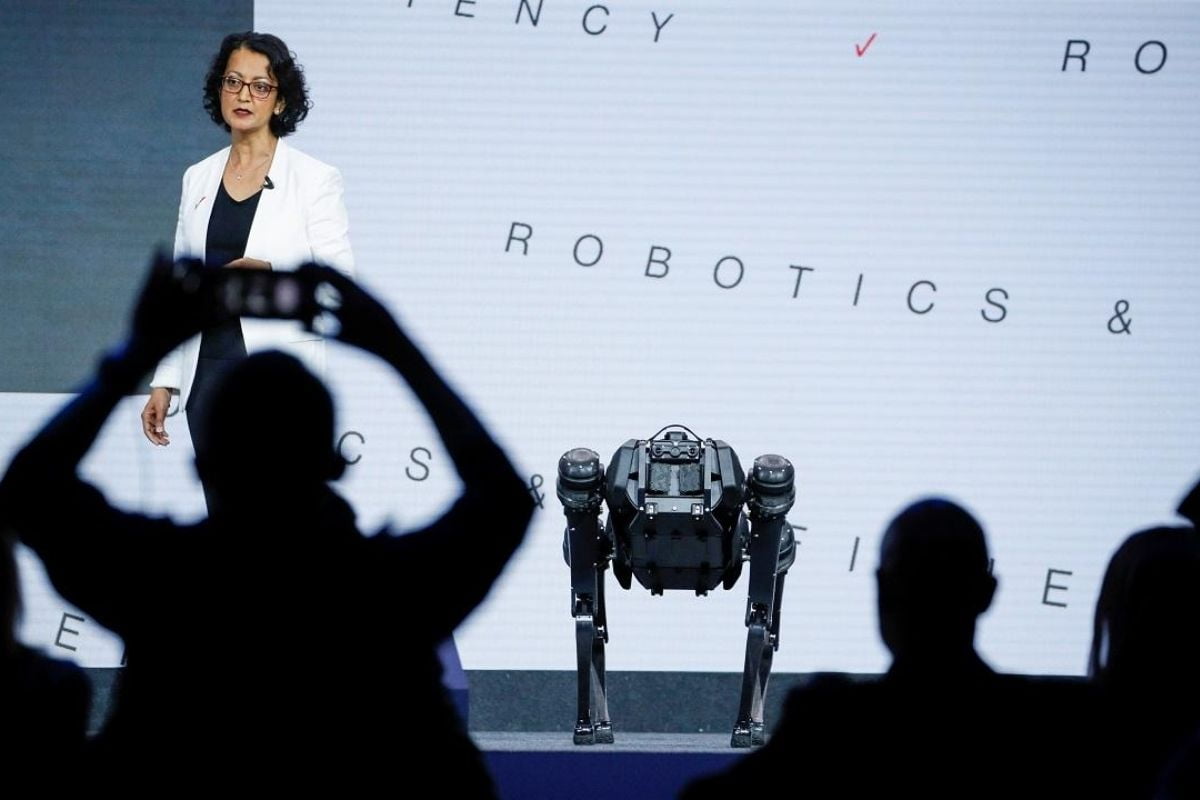Telecom giant Verizon on Monday during the Mobile World Conference showcased two of its robots on the stage, with the company stating that both bots were using 5G connectivity and mobile edge computing to communicate with one another. In case you were perplexed, edge computing refers to the use of AR (Augmented Reality) and ML (Machine Learning) so as to analyse data gathered and needs fast data transfers, something only high-speed 5G networking can offer. Verizon’s Chief Strategy Officer, Rima Qureishi stated that when you have more than one robot on the floor, the user runs into a problem, as these are still just machines, and they can’t naturally communicate with one another, but, 5G will make it possible for robots to connect with other robots and devices of all kinds in a way that simply wasn’t possible before. These connected and smart robots are crucial in areas like factory floors that are efficient via automation, with remote monitoring reducing overall cost and requirement of infrastructure. During the demo, Qureishi summoned two robots, one dog-like robot dubbed Gigi and a second box-like robot called Mekeal, with the former showcasing 5G and the latter mobile edge computing or MEC.
What Did Qureishi Mention In Regards Verizon’s Plans
In order to train these robots so as to make them aware of their environment beyond two-dimensional route that cannot recognise elements other than origin and destination points, Qureishi stating that engineers had jumped in front of them and the robots went in other directions. Qureishi said that she was happy to report that neither engineers nor robots were harmed in the process. Verizon has also been working on connected drones that could be used and deployed at locations that are hit by natural disasters. This would avoid putting a human in any kind of danger, with the control being done by a remote operator living miles away, via the use of live video and thermal imagery. Via 4G networks, the drone had also been able to fly around US fire zones without on-site personnel and was able to send close to real-time data to staff present approximately 4000 miles away. This has supposedly been one-upped by 5G, with Qureishi mentioning that the drones could not stream panoramic video to more recipients who could focus on a particular aspect.
